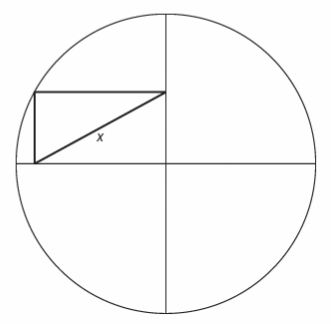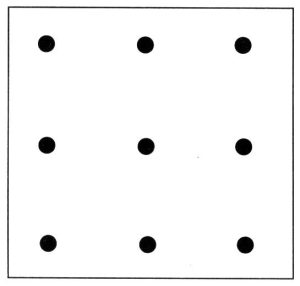2.6 Problem-Solving
Problem-solving lies at the heart of many conflict resolution processes. Many negotiation and mediation models involve a stage or phase dedicated to problem-solving, e.g., as part of the “option generation and negotiation” (see for example, Alexander et al., 2015). Negotiation and mediation textbooks frequently discuss the value of consensual or joint problem-solving approaches to resolve conflict (Adler, 2006; Alexander et al., 2015; Fisher & Ury, 2012). These approaches typically involve two or more parties solving mutual problems (as a team rather than addressing issues from opposing ends) (Adler, 2006), and are frequently based on “principled bargaining”, a negotiation approach developed by Harvard Negotiation Project, also known as interest-based negotiations (Fisher & Ury, 2012). During principled bargaining, conflict parties/negotiators look for mutual gains and independent fair standards and have a desire to maximise each party’s gain (they seek to “expand the pie”).
While the conflict management literature focuses on the process of how groups of people or at least two parties can jointly solve problems, cognitive psychology can help explore the process of problem-solving as a cognition (Bruce Goldstein, 2019, pp. 356-392). Understanding the cognitive dimension of problem-solving may help practitioners develop their problem-solving skills to support conflict parties to resolve or manage their conflicts.
Approaches to Problem-Solving
Cognitive psychologists have developed several approaches that help describe how the human mind may engage in problem-solving. One approach of interest is the “Gestalt approach” (Goldstein (2019, pp. 356-361). You were introduced to certain aspects of this approach in 2.2 Perception earlier in this chapter. This approach uses reorganisation or restructuring of an initial representation in one’s mind to solve problems. It may be useful for conflict practitioners to know about the Gestalt approach since it encourages perspective-taking to find solutions to issues, a process that is frequently discussed in conflict resolution literature.
As an example of what it may mean to organise a representation in your mind, please complete the following activity:
Activity: To illustrate how representing a problem in the mind, and how changing this representation can help find solutions to problems, let’s consider the following “problem”:
Determine the length of the segment marked x if the radius of the circle has a length r (see image below). Note that this problem was posed by Gestalt psychologist Wolfgang Kohler in 1929 (Goldstein, 2019).

Extension:
Further information about additional approaches to problem-solving, for example using analogies by way of analogical encoding, considering how a problem is being stated, can be found in Chapter 12 of Goldstein’s 2019 Cognitive psychology: Connecting mind, research, and everyday experience
Creative Problem-Solving
Conflict management textbooks, publications and training frequently include a section on creative problem-solving. Creative problem-solving is meant to help generate new ideas and open people’s minds to think outside the box. For an example of what it may mean to think outside the box, please complete the short exercise below, called the nine-dot problem.
Exercise instructions: Connect the dots by drawing four straight, continuous lines that pass through each of the nine dots, without lifting the pencil from the paper.

Let’s now consider how creative problem-solving may apply to conflict management and which approaches and activities may help negotiators, mediators, facilitators or other conflict practitioners become creative (Brown, 2006).
Key Reading
Brown, J. G. (2006) Creativity and problem-solving, in The negotiator’s fieldbook: The desk reference for the experienced negotiator, pp. 407-413.
This reading talks about creativity and problem-solving techniques to be used in negotiation and mediation, including:
- brainstorming
- wordplay (changing a word, deleting a word, adding a word, shifting emphasis)
- de Bono’s Six Hats technique
- atlas of approaches
- visualisation
- feel my pain
- flipping or reversal
- use of props/toys
- idea arbitrage.
Reflection Activity
At this point in the chapter, you might like to spend 10 minutes considering how the various approaches to problem-solving discussed above may relate to conflict management. You might want to consider any insights you gained from the Gestalt approach or creative problem-solving, including by noting some key learnings from the reading by Brown (2006) in more detail.

